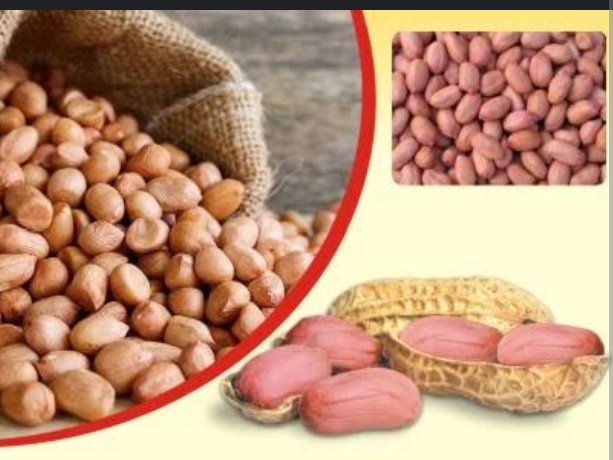Navigating Challenges in Rice Farming: Common Pests and Diseases and Effective Control Measures
Navigating Challenges in Rice Farming: Common Pests and Diseases and Effective Control Measures
Introduction:
Rice farming, a cornerstone of global food production, faces constant threats from pests and diseases that can jeopardize yields and food security. Understanding these challenges and implementing effective control measures is essential for sustaining a thriving rice agriculture system. In this article, we delve into common pests and diseases in rice farming and explore practical control measures.
Common Pests:
1. Brown Planthopper (BPH):
- Identification: Small, winged insects.
- Damage: Extracts sap, causing hopper burn and reduced growth.
- Control Measures: Plant resistant varieties, adopt biological control with natural predators like spiders and predatory beetles, and use chemical insecticides judiciously.
2. Stem Borers:
- Identification: Larvae of moths that bore into rice stems.
- Damage: Weakened plants, leading to lodging and reduced yield.
- Control Measures: Choose resistant rice varieties, practice timely planting to avoid peak borer populations, and consider using parasitoid wasps for biological control.
Common Diseases:
1. Rice Blast:
- Identification: Fungal disease causing lesions on leaves, stems, and grains.
- Damage: Reduced photosynthesis and poor grain quality.
- Control Measures: Plant resistant varieties, practice crop rotation, and apply fungicides during critical growth stages.
2. Sheath Blight:
- Identification: Fungal infection affecting leaf sheaths and blades.
- Damage: Reduced tillering and poor plant development.
- Control Measures: Optimize spacing for better air circulation, apply fungicides, and choose rice varieties with inherent resistance.
Control Measures:
1. Integrated Pest Management (IPM):
- Approach: Combine cultural, biological, and chemical control methods.
- Implementation: Promote natural enemies of pests, use traps to monitor populations, and integrate pest-resistant crops into the rotation.
2. Resistant Varieties:
- Advantages: Planting resistant rice varieties offers a proactive defense.
- Implementation: Regularly update seed varieties based on evolving pest and disease pressures and regional conditions.
3. Crop Rotation and Diversification:
- Strategy: Rotate rice with other crops to break pest and disease cycles.
- Benefits: Diversifying crops creates an environment less favorable for specific pests.
4. Timely Planting and Monitoring:
-Timing:
Plant rice at optimal times to minimize exposure to peak pest or disease incidences.
-Vigilance:
Regularly monitor fields for early signs of pests or diseases to enable timely intervention.
Conclusion:
Successful rice farming involves navigating the challenges posed by pests and diseases through informed and proactive measures. By adopting integrated approaches, incorporating resistant varieties, and implementing timely control strategies, farmers can safeguard their crops, ensuring a sustainable and resilient rice farming system that contributes to global food security.




Comments
Post a Comment